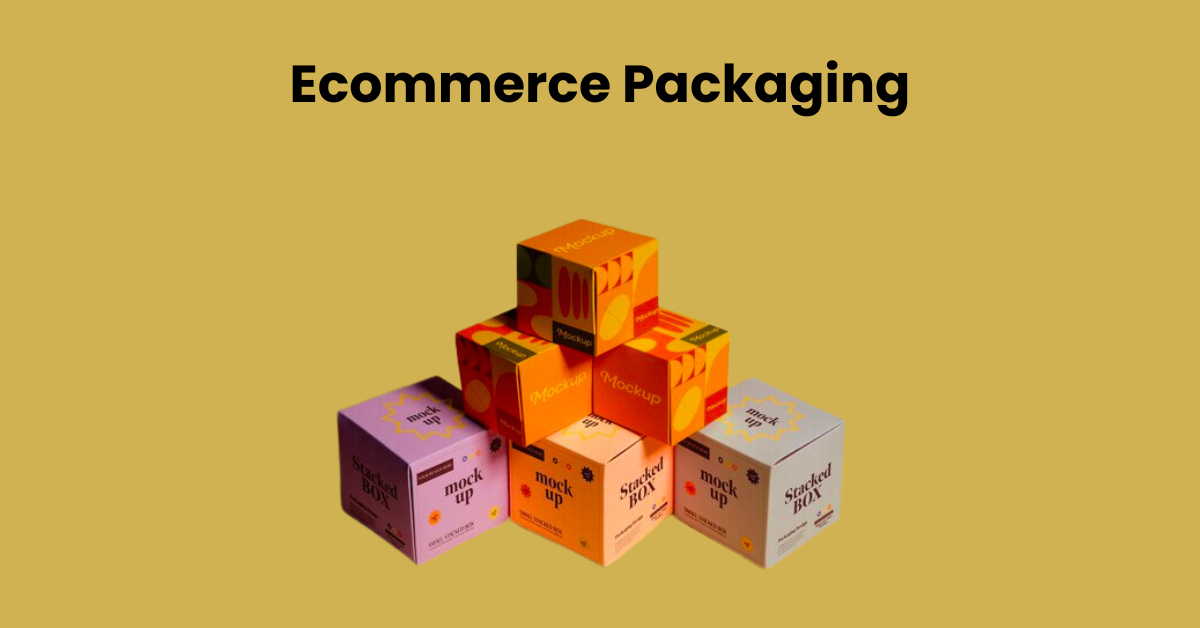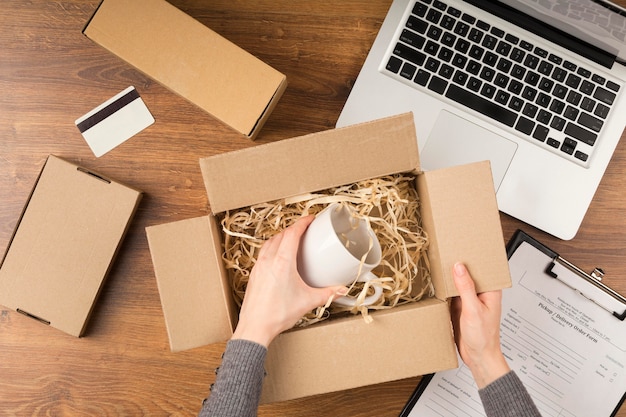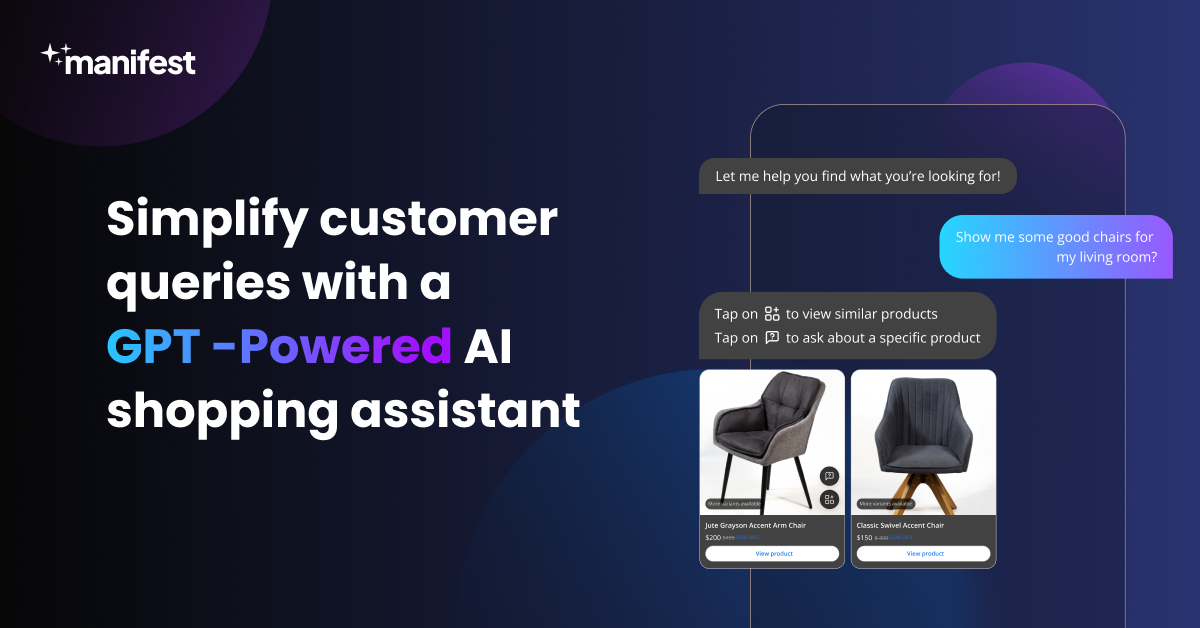Ecommerce Packaging: Overview & Importance

Ecommerce packaging serves as a silent salesman, a brand ambassador, and a protector of your goods during their journey. It is much more than simply a simple container. Explore the diverse world of ecommerce packaging by reading this blog. packaging for e-commerce will cover everything from its vital purpose in preserving your product and minimizing shipping costs to its unexpected ability to forge a brand identity and produce an unforgettable unboxing experience. Find out how making well-thought-out packing decisions can increase your revenue and guarantee satisfied customers. Regardless of your level of experience, this thorough guide will provide you with the tools you need to maximize the potential of packaging and improve your online store.
What is Ecommerce Packaging?

Ecommerce packaging solutions refer to the packaging materials and designs used for products that are sold online and shipped to customers. It plays a crucial role in the e-commerce supply chain, as it not only protects the products during transit but also serves as a tangible representation of the brand and enhances the overall customer experience.
Ecommerce Packaging: Key Functions
It goes beyond just being a container and serves three key functions:
Product Protection: sustainable ecommerce packaging's primary purpose is to safeguard your product during the shipping process. This involves choosing the right materials (cardboard boxes, padded envelopes, etc.) and cushioning (bubble wrap, foam peanuts) based on the product's size, fragility, and shipping distance.
Brand Identity: Unlike retail packaging designed to attract customers on shelves, e-commerce packaging becomes your brand's first physical touchpoint. Customizing it with your logo, colors, and messaging can strengthen brand recognition and create a memorable unboxing experience.
Shipping Efficiency: Choosing the right size and weight for your packaging directly impacts shipping costs. Optimizing custom ecommerce packaging can not only minimize shipping expenses but also contribute to environmental sustainability by reducing wasted materials.
Importance of Ecommerce Packaging
Now let's examine the factors that make ecommerce packaging important to consider:
Guardian of Your Product: First and foremost, packaging solutions for e-commerce ensure your product arrives at its destination safe and sound. Damaged goods lead to disappointed customers, returns, and lost revenue. By choosing the right materials and protection methods, you minimize the risk of damage and ensure a positive customer experience.
Brand Champion: In the absence of a physical storefront, your packaging becomes your brand's first physical interaction with the customer. Customizing it with your logo, colors, and messaging instantly builds brand recognition and sets the tone for the unboxing experience. Think of it as a mini-marketing campaign that strengthens brand identity and creates a lasting impression.
Cost Controller: Believe it or not, ecommerce retail packaging can significantly impact your bottom line. Optimizing box size and weight reduces shipping costs, while using sustainable materials can even enhance your brand image. Additionally, proper packaging minimizes returns due to damage, saving you on return shipping and product replacement costs.
Marketing Powerhouse: Forget TV ads and billboards; sometimes, the most effective marketing happens right at the customer's doorstep. A creative packaging with inserts, personalized notes, or even free samples can turn a simple delivery into a delightful surprise, fostering customer loyalty and encouraging repeat purchases.
Sustainability Advocate: Consumers are increasingly conscious of environmental impact. By opting for eco-friendly packaging materials, like recycled cardboard or biodegradable options, you demonstrate your commitment to sustainability, resonating with environmentally conscious customers and boosting your brand image.
Ecommerce Packaging Types
Ecommerce packaging comes in various types, each e-commerce packaging designed to meet specific needs and requirements. Here are some common types of e-commerce packaging:
Corrugated Boxes: These are the most common type of packaging used in e-commerce. Corrugated boxes are sturdy, and lightweight, and provide excellent protection for a variety of products. They come in various sizes and can be customized for branding.
Poly Mailers/Plastic Envelopes: Lightweight and flexible, poly mailers are often used for clothing, textiles, and soft goods. They are water-resistant and help reduce shipping costs due to their lightweight.
Bubble Mailers: These are padded envelopes with a layer of bubble wrap inside, providing extra protection for fragile items. Bubble mailers are commonly used for small electronics, jewelry, and other delicate items.
Rigid Mailers/StayFlat Mailers: These are flat, stiff envelopes typically used for shipping documents, photos, or prints. They offer protection against bending and creasing.
Mailer Boxes: Also known as folding cartons or folding boxes, these boxes are designed for easy assembly and are often used for smaller, lightweight items. They can be customized for branding and are an eco-friendly option if made from recyclable materials.
Tubes: Cylindrical cardboard tubes are used for shipping posters, blueprints, and other rolled items. They protect against bending and damage.
Padded Envelopes: Similar to bubble mailers, padded envelopes have an additional layer of padding but are not as rigid. They are commonly used for items that need a little extra protection without the bulk of a box.
Plastic Clamshell Packaging: This type of ecommerce packaging consists of a hinged, plastic shell that holds the product securely. It is commonly used for electronics, toys, and small items.
Tape and Labels: In addition to primary packaging for online stores, the use of quality tape and labels is crucial for securing packages and providing clear shipping information.
Custom Packaging: Many e-commerce businesses invest in custom ecommerce packaging ideas and designs that align with their brand identity. Custom boxes, tissue paper, and branded stickers contribute to a unique and memorable unboxing experience.
Ecommerce Packaging: Steps
Best ecommerce packaging plays a crucial role in your e-commerce journey, impacting everything from customer satisfaction to shipping costs. Here's a breakdown of the key steps to ensure your e-commerce packaging is efficient, protective, and brand-aligned:
Understand Your Product
- Fragility: Assess how delicate your product is and choose materials based on its vulnerability.
- Size and Weight: Measure your product accurately to avoid unnecessary space or oversized shipping costs.
- Shape: Consider using custom inserts for oddly shaped items to prevent movement and damage.
Choose the Right Materials
- Protection: Prioritize sturdy materials like corrugated boxes for fragile items or padded envelopes for delicate ones.
- Branding: Opt for materials that reflect your brand image, like kraft paper for eco-conscious options or custom-printed boxes for premium products.
- Sustainability: Consider eco-friendly materials like recycled cardboard or biodegradable options to minimize environmental impact.
Optimize for Shipping
- Right-sizing: Choose the smallest box that comfortably fits your product to reduce dimensional weight and shipping costs.
- Void Fill: Use eco-friendly cushioning materials like air pillows or recycled paper shreds to secure your product and prevent movement.
- Sealing and Labeling: Ensure secure closure with strong tape and clear product labels for efficient sorting and delivery.
Enhance the Unboxing Experience
- Branding: Include your logo, colors, and messaging on the packaging for a cohesive brand experience.
- Personalization: Add handwritten notes, small thank-you gifts, or promotional inserts to create a memorable impression.
- Sustainability Cues: Highlight your commitment to the environment with visible sustainability markers on the packaging.
Consider Regulations and Compliance
- Fragile Item Labeling: Use appropriate hazard labels for flammable, corrosive, or other potentially dangerous products.
- International Shipping: Research and comply with customs regulations for specific materials and labeling requirements.
Continuously Evaluate and Improve
- Monitor Feedback: Analyze customer reviews and shipping damage reports to identify areas for improvement.
- Experiment with New Options: Consider testing different packaging materials or designs to optimize protection and branding impact.
- Stay Informed: Keep up with industry trends and evolving regulations to ensure your packaging remains sustainable and compliant.
Ecommerce Packaging Ideas
Here are some creative ideas to inspire you:
Theme-Based Packaging
Seasonal Delights: Design packaging with festive colors and patterns for holidays or special occasions.
Product-Inspired Designs: Use packaging visuals that reflect the mood or theme of your product.
Limited Edition Collaborations: Partner with other brands or artists for unique, co-branded packaging designs.
Unboxing Experiences
Hidden Compartments: Tuck in small surprises like samples, discount codes, or personalized notes.
Interactive Packaging: Design elements that customers can unfold, assemble, or reuse.
Sensory Appeal: Include scented inserts, textures, or even edible elements for a unique multi-sensory experience.
Sustainable Solutions
Seed Paper Packaging: Embed seeds in the packaging that customers can plant, creating a lasting connection.
Repurposable Packaging: Design boxes or pouches that can be used for storage or other purposes.
Upcycled Materials: Use recycled paper, cardboard, or fabric scraps for a unique and eco-friendly touch.
Personalization Power
Customer Name Printing: Personalize boxes or labels with the customer's name for a special touch.
Handwritten Thank You Notes: Include handwritten notes expressing gratitude for their purchase.
Customized Inserts: Design inserts with product recommendations, care instructions, or brand stories.
Community Engagement
Run Packaging Design Contests: Encourage customers to submit their own packaging ideas.
Share Behind-the-Scenes Stories: Use packaging to tell the story of your brand, values, and production process.
Partner with Charities: Donate a portion of your packaging costs to a cause aligned with your brand values.
Grow your Shopify Store with Manifest AI

Expanding your Shopify store with Manifest AI means adding sophisticated AI technology to make your operations smoother and improve how you interact with customers. This platform is designed to meet the unique requirements of your business, delivering custom experiences to your shoppers and equipping you with the insights needed for well-informed decision-making.
Advantages include:
- Enhanced Customer Support: Offers automated solutions to customer questions, providing fast and precise assistance that greatly improves client satisfaction.
- Customized Shopping Journeys: Utilizes customer information to create personalized product suggestions, enriching the shopping experience and boosting the chance of sales.
- Streamlined Business Processes: Aids in refining various business operations, from managing stock to handling customer inquiries, freeing up your time to concentrate on business expansion.
- Insightful Analytics: Supplies detailed analysis of customer activities and business metrics, helping you customize your marketing efforts and product selections for enhanced outcomes.
- Growth in Sales: By elevating the customer experience and presenting specific suggestions, Manifest AI aids in elevating your store's conversion rates and the value of average orders.
5 Best Ecommerce Packaging Platforms
Choosing the right ecommerce packaging platform depends on your specific needs and priorities. Here are 5 popular options, each with its strengths:
Packlane

Best for: Customization and Variety.
Features: Wide range of customizable packaging options, including boxes, pouches, and custom inserts. User-friendly design platform with various templates and 3D previews. Integrates with major e-commerce platforms like Shopify and BigCommerce.
Pricing: Custom quotes based on order quantity and complexity.
BoxUp

Best for: High-quality, printed cardboard boxes
Features: Specializes in premium, custom-printed cardboard boxes with various customization options like colors, logos, and text. Offers different box styles and inserts. Fast turnaround times and excellent customer service.
Pricing: Custom quotes based on order quantity and box size/complexity.
Noissue

Best for: Sustainable packaging solutions
Features: Focuses on eco-friendly packaging made from recycled and compostable materials. Offers a variety of box styles, mailers, pouches, and tissue paper. Integrates with Shopify and other platforms.
Pricing: Starts at around $0.50 per box for standard designs, with custom printing available at an additional cost.
Uline

Best for: Affordability and pre-made packaging
Features: Vast selection of standard boxes, mailers, tape, and other packaging supplies at competitive prices. Fast shipping and convenient online ordering.
Pricing: Prices vary depending on the product and quantity. Generally more affordable than custom options.
EcoEnclose

Best for: Eco-friendly pre-made packaging with customization options
Features: Provides pre-made packaging solutions made from recycled and sustainable materials. Offers custom printing and branding options. Integrates with Shopify and other platforms.
Pricing: Prices vary depending on the product and quantity. Generally more expensive than standard pre-made options but more affordable than fully custom solutions.
Conclusion
In summary, ecommerce packaging serves as more than just a means of transportation. Although keeping your products safe is still crucial, there are many more uses for it. It acts as a silent representative of the brand, affecting consumer loyalty, initial impressions, and purchase decisions. You can make e-commerce packaging more than just an afterthought by emphasizing sustainability, embracing creative design, and being aware of how it affects your brand identity.

.png)
